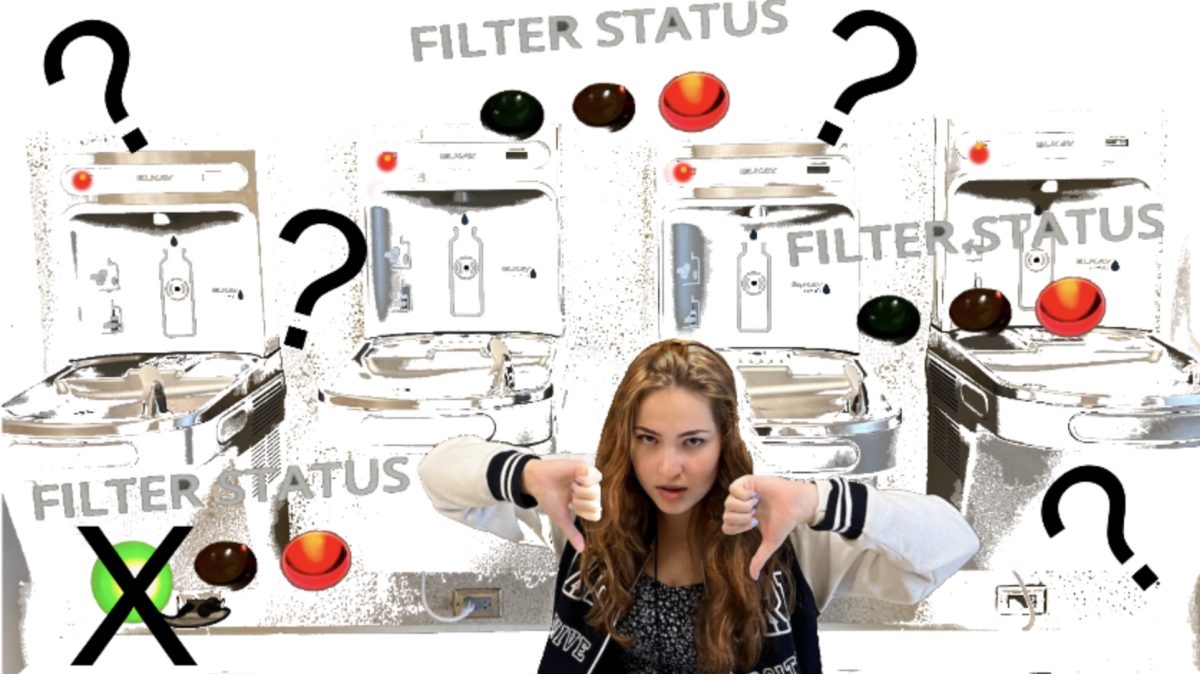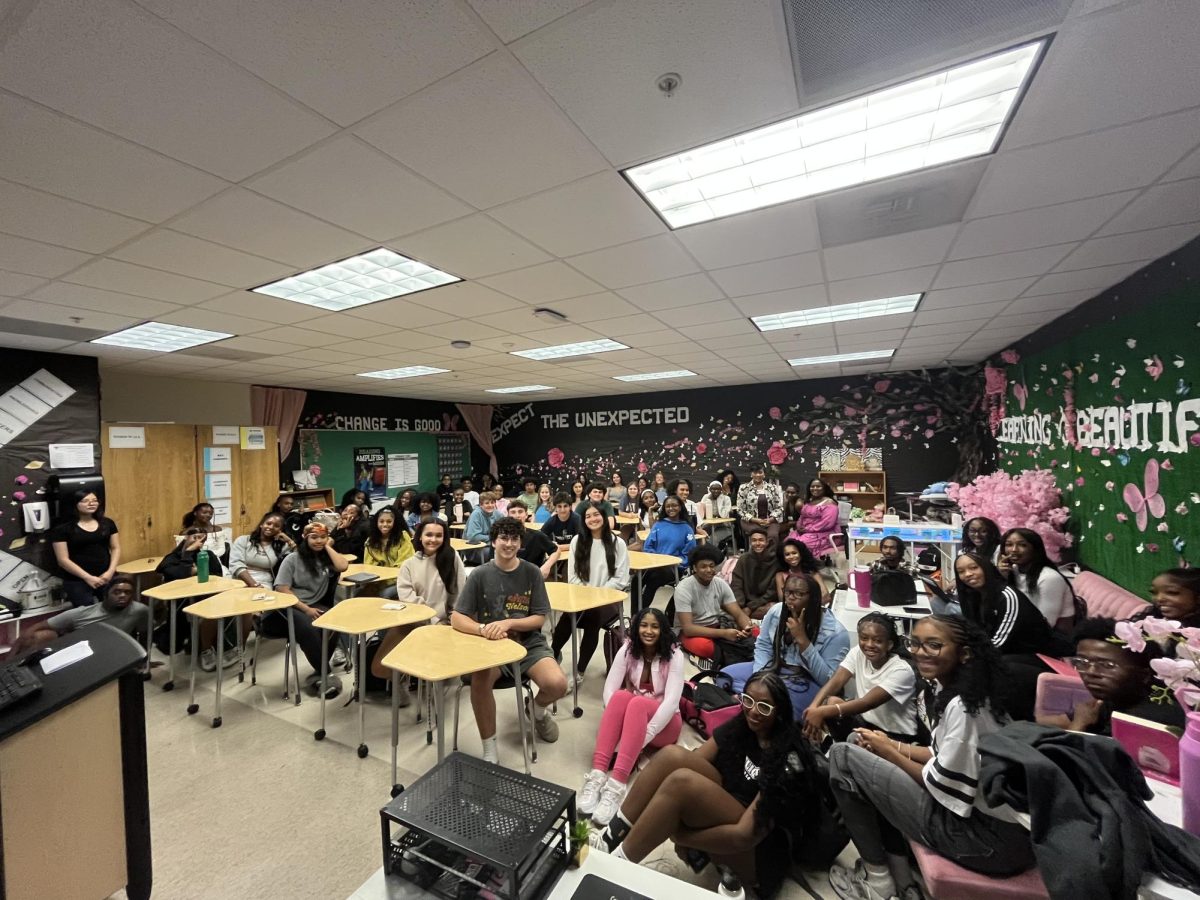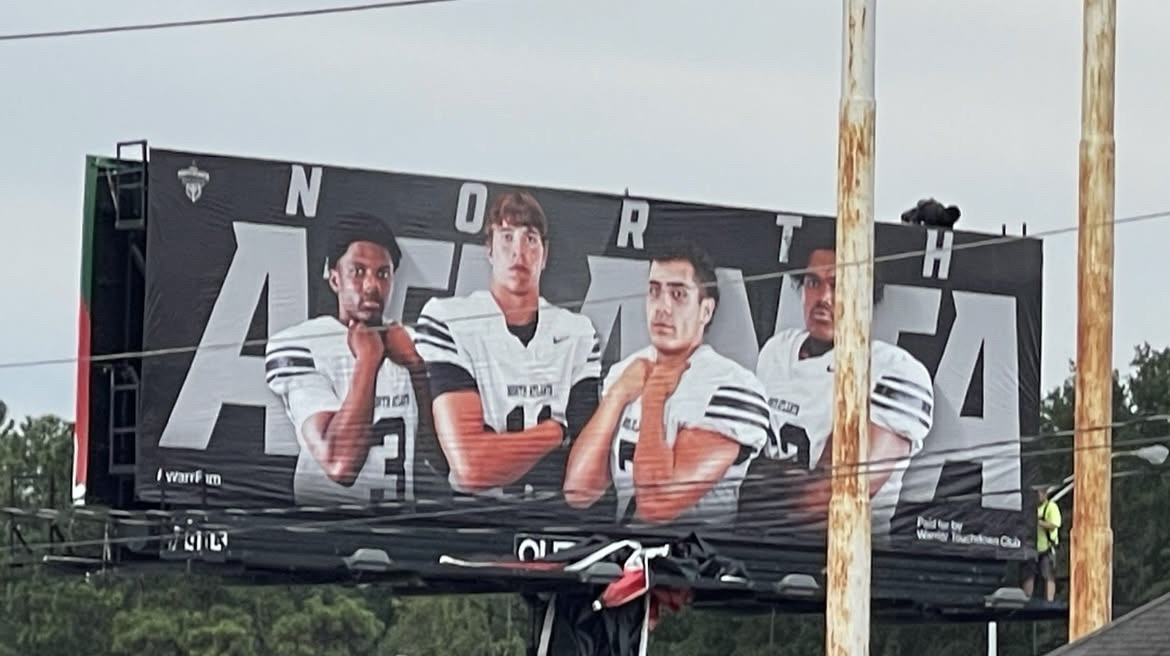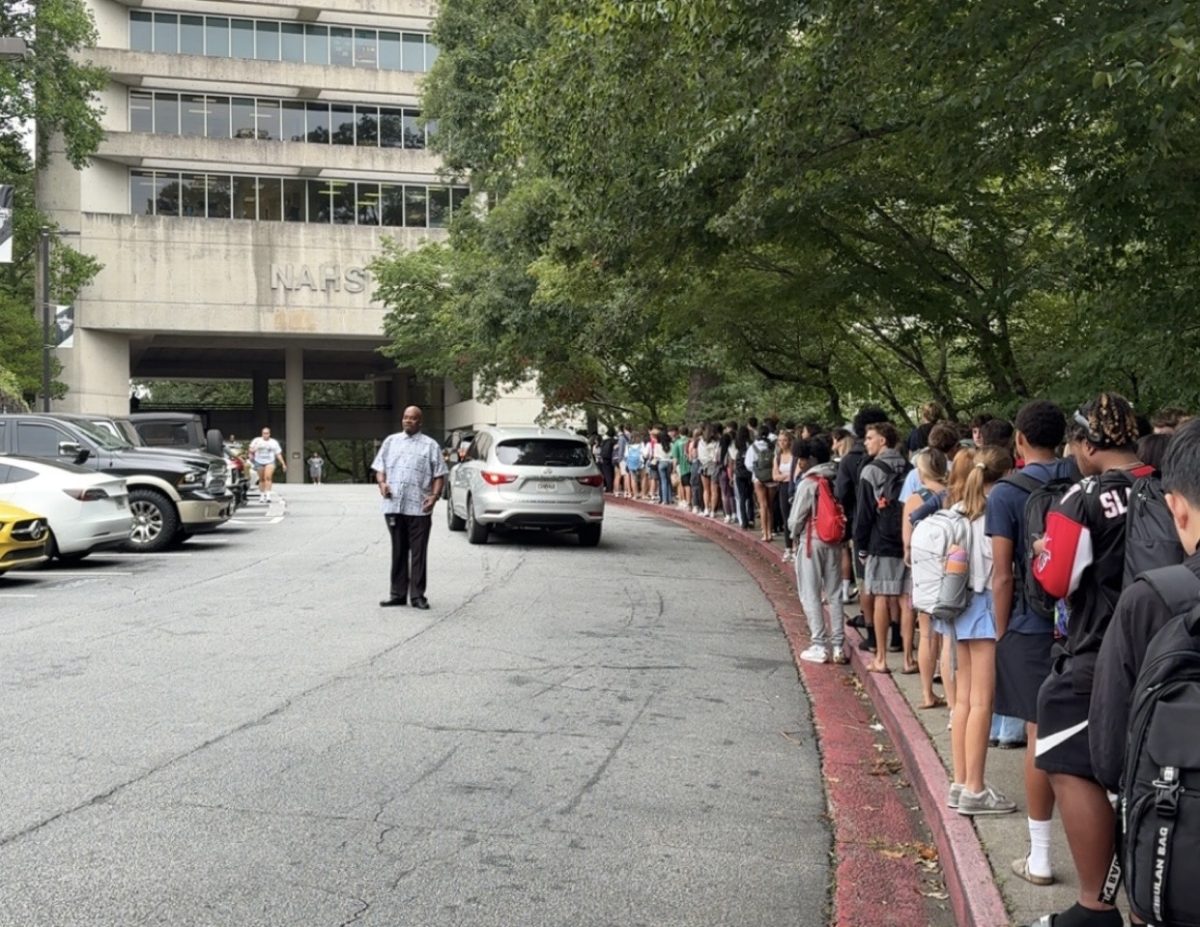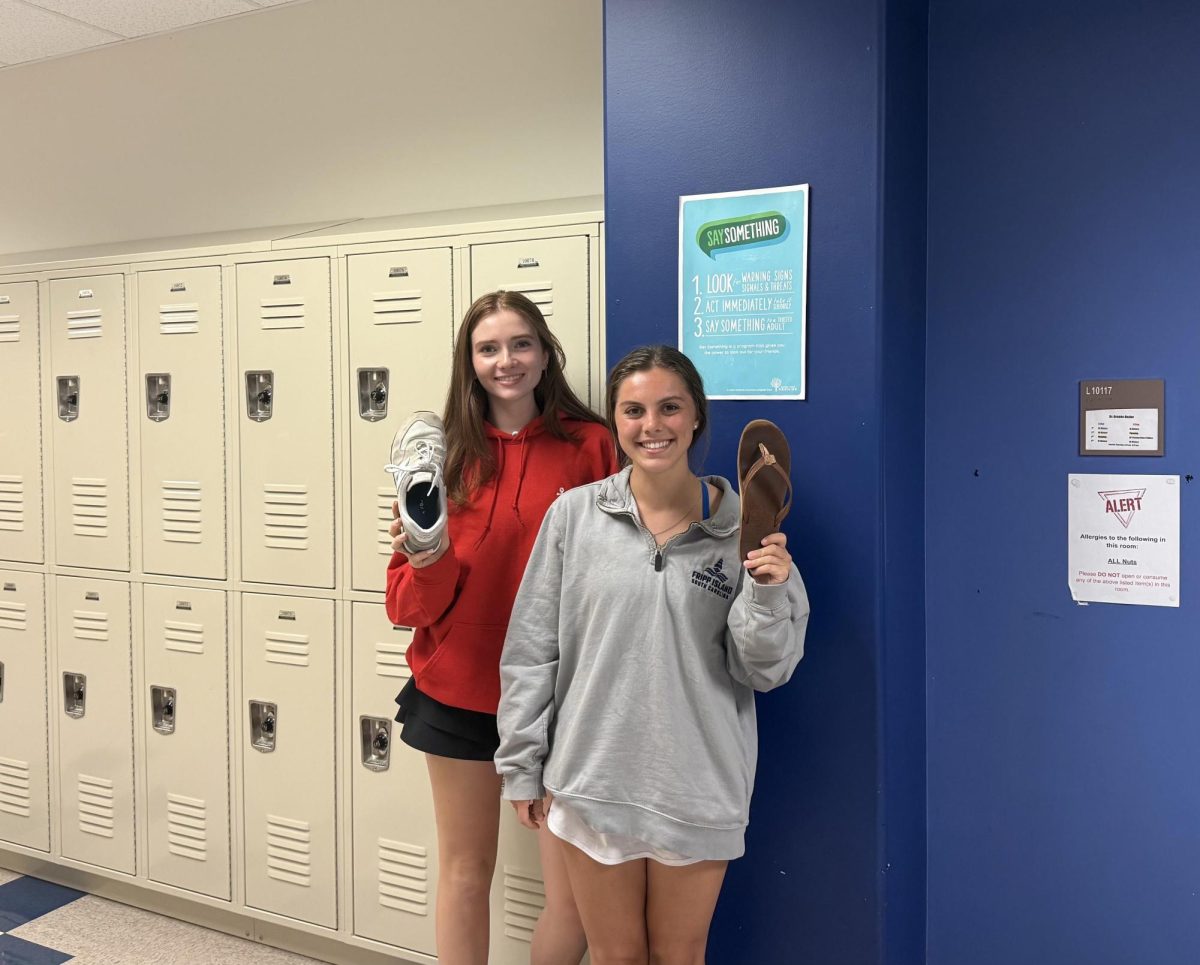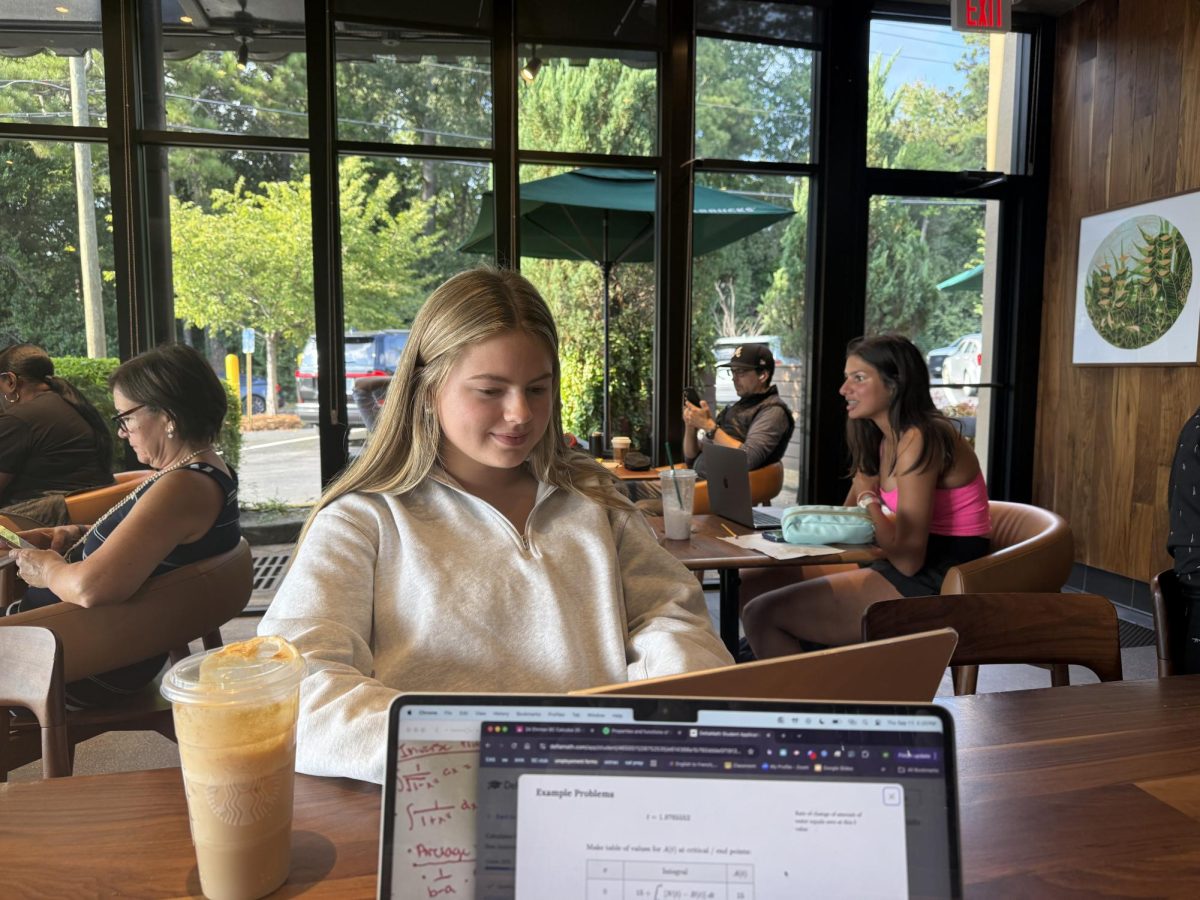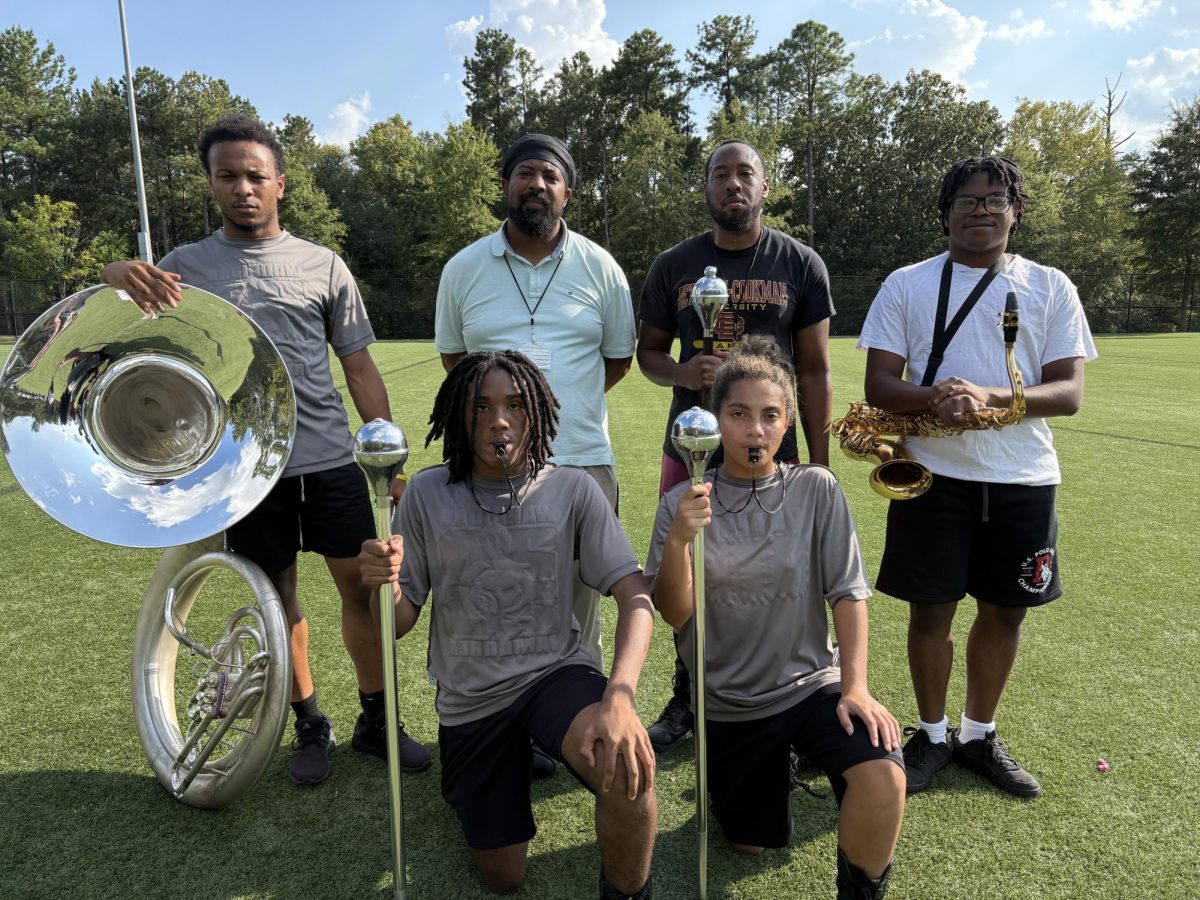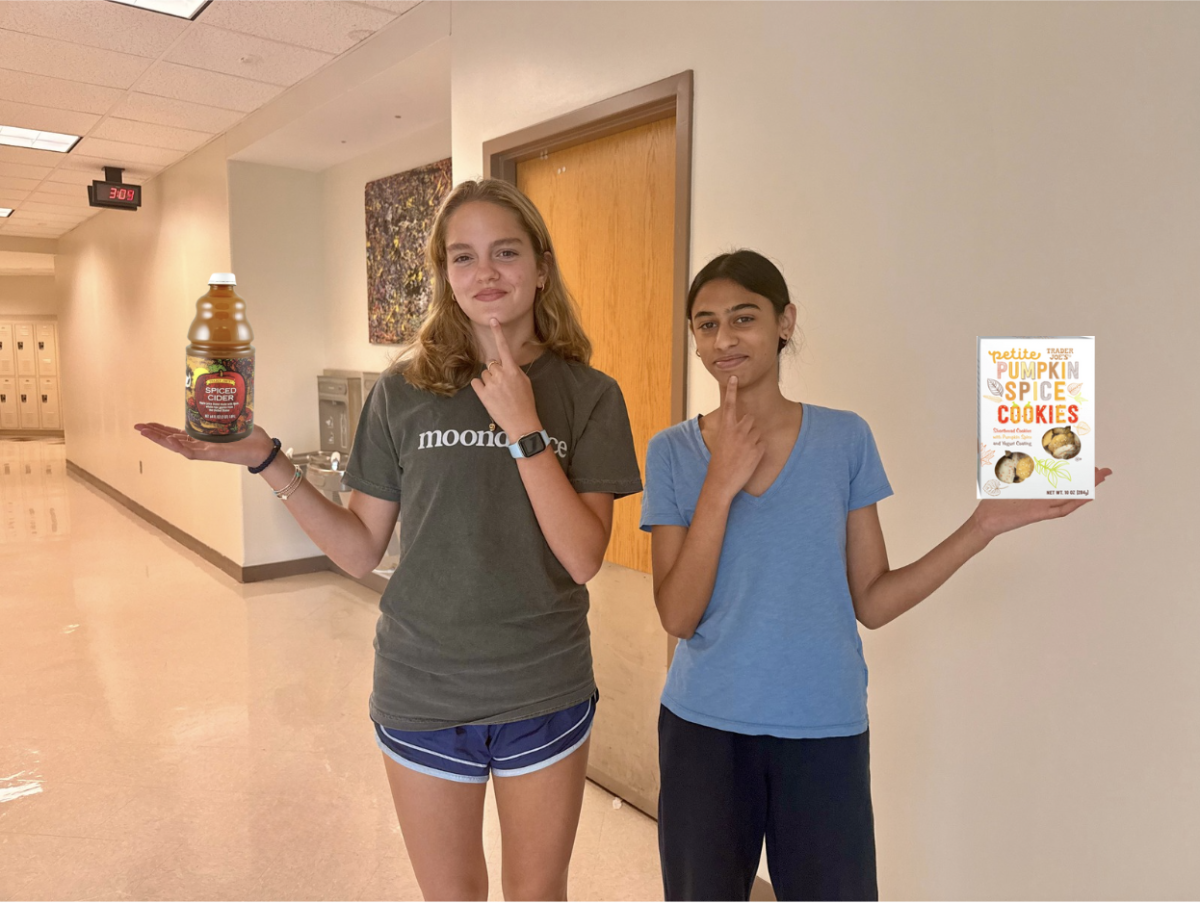Water. We all drink it. We all need it. But has our school drinking water always been safe?
In recent years, North Atlanta has added water bottle filling stations. Three color-coded lights symbolize the filter status: Green, yellow, and red. The green light indicates less than 65% of the filter’s life has been used. The yellow light shows the filter has used 65% of its life, meaning a new filter should be ordered. The red light means the filter has used 100% of its life and needs to be replaced immediately.
Filters must meet NSF/ANSI Standard 53, the national minimum standard. So, imagine the quality once the filter is no longer operational. In the first two months of the school year, the ratio of green to yellow to red at NAHS was three:nine:five. The number of dirty filters severely outnumbered clean filters.
50-300 ppm (parts per million) is the recommended TDS level for drinking water. At NAHS, the green filter status revealed a somewhat safe range of 43-116 ppm. However, the range for red was 40-53 ppm. PPM levels varied depending on the floor – higher floors tended to be cleaner, which disadvantaged lower classmen.
Some students like junior Idris Fornie opted to buy water from the vending machines during this filter crisis. “I run track so hydration is crucial for my performance and health,” Fornie said. “Buying water is more expensive, but safe water is worth it.” Unfortunately, not all students can afford this. It was not only a matter of students’ classroom locations but also socioeconomic classes.
Students found themselves on a “scavenger hunt” – as sophomore Victoria Ramirez said – for clean water, dislocating them from class and increasing chances of missing class time and collecting tardies.
During the crisis, many students in physical education classes were running the PACER test. But even in the gym, green water stations were rare. Sophomore Nyasha-Afi Herring, like several students, refrained from filling her water bottle at school, but on occasions like the PACER, it was unavoidable. This issue was also prevalent to many athletes who had practice after school each day and inevitably had to refill their water bottles. Herring specifically was worried about water safety regarding the recent rise of COVID-19. “I’m in PE right now and the fact that the water might not be clean is really concerning,” she said.
Fortunately, during the first week of September, green lights began appearing all over the building, marking an end to the crisis. Forever? Hopefully. But the return of red lights could splash us awake from this green dream in months to come.


